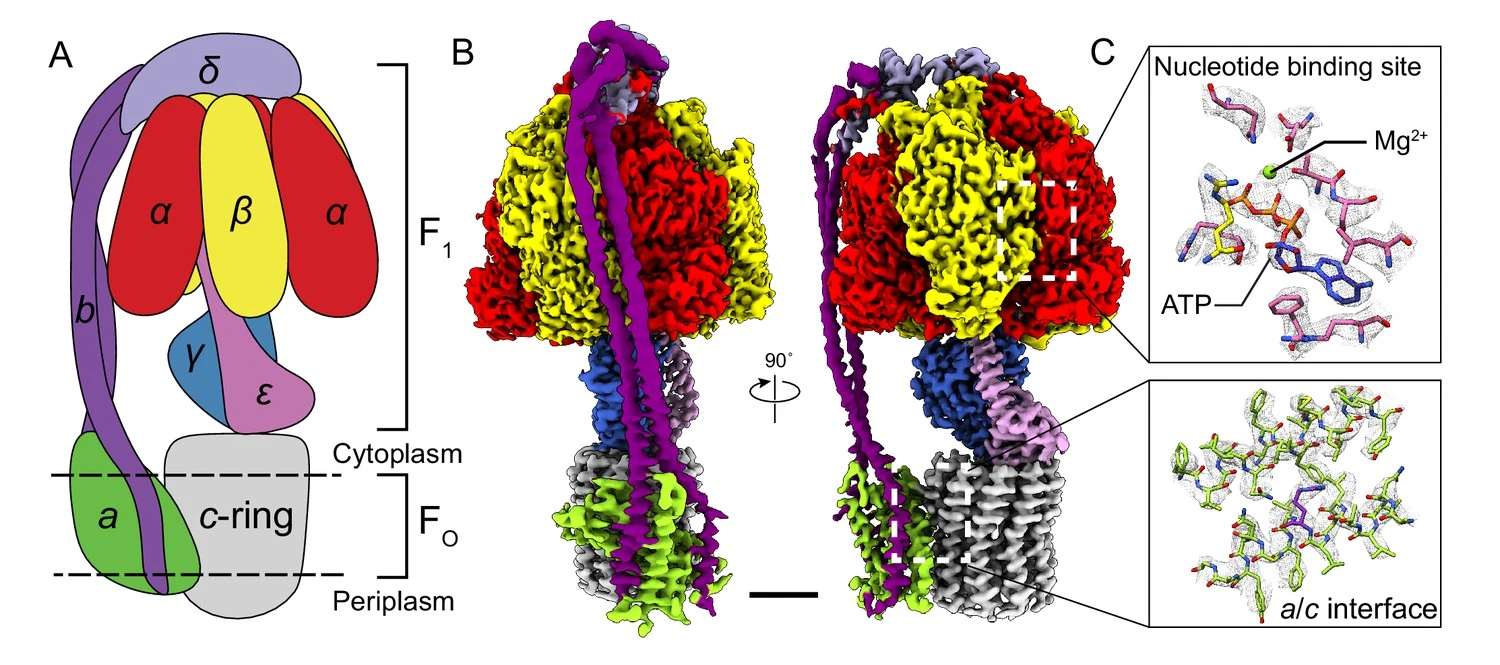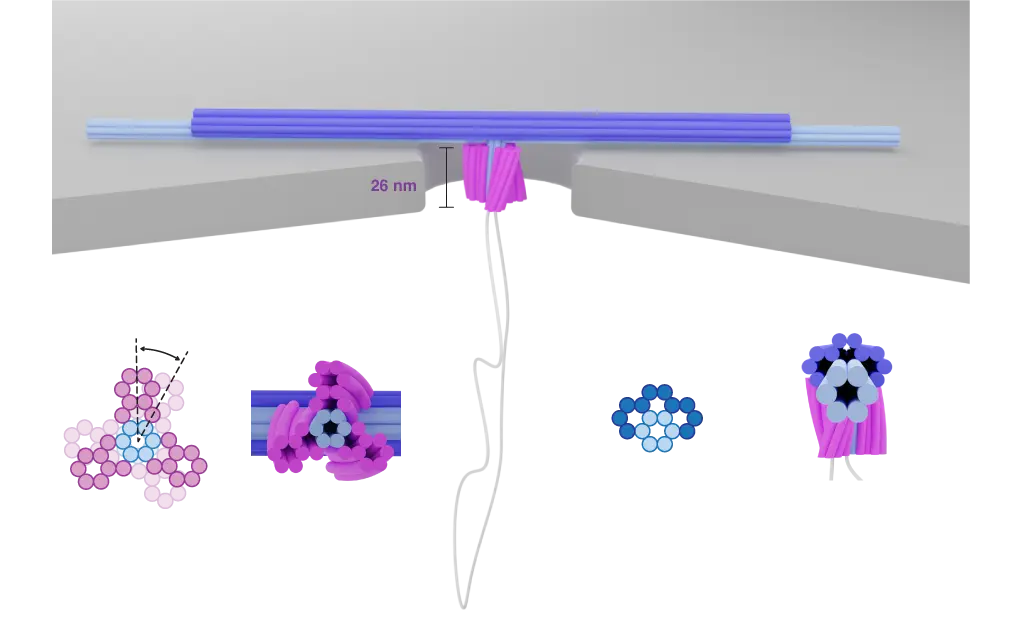Rationally designed DNA nanoturbines
The ability to craft tools and build machines has been the benchmark of the progression of societies since the beginning of human civilisation. Over the thousands of years, we have built from giant water wheels along the ancient rivers that irrigated thousands of miles of farms along its banks, to the hydrodynamic power plants as pillars of today’s renewable energy; from windmills spread across the Netherlands to the modern offshore wind farms that provide us with a promise of our sustainable future; from steam engine that enabled the industrial revolution to various types of internal combustion engines today that power the automobiles, the aircraft, and the spacecraft carrying us to the realms that no one has ever been before.
Despite our success with macro-scale engines and machinery, at the nanoscale, we can still hardly compete with the million years of nature’s evolution. In the biological system, the work of life is being done by millions of sophisticated nano machines, usually made of proteins and nucleic acids. The prominent examples include linear molecular motors like myosin and kinesins and rotary motors such as Adenosine triphosphate (ATP) synthase and bacterial flagellar motors.
Adenosine triphosphate (ATP) is widely used in all kingdoms of life as the energy currency. In a typical cycle, cells harvest energy from the environment, converting things like oxygen, or simply light into some kind of transmembrane ion gradient, typically H^+ gradients: which means on one side of the membrane there is a higher H^+ concentration, while the other side lower. Despite such an ion-gradient is widely existed, it is not that easy to be directly used by all kinds of proteins in cells. Here is where ATP and its synthase (the proteins that make ATP) come into the picture. ATP synthase converts this transmembrane energy potential into the bond energy in ATP, which can be easily used by all kinds of other proteins. Therefore ATP is commonly seen as the currency of life: just like how the real-world currency link different production and consumption activities together. And the machine that “mints” such currency of life, is a turbine!
 Guo, H., Suzuki, T., & Rubinstein, J. L. (2019). Structure of a bacterial ATP synthase. elife, 8, e43128.
Guo, H., Suzuki, T., & Rubinstein, J. L. (2019). Structure of a bacterial ATP synthase. elife, 8, e43128.
Is there a way to design and build these types of active nanomachines from the bottom up, with complete control and understanding, while enabling their autonomous directional (rotary) motion as their biological counterparts?
In our latest paper published in Nature Nanotechnology, with a team of scientists from Cees Dekker’s group (the Netherlands), Hendrik Diets’s group (Germany), and Aleksei Aksimentiev’s group(the US), we present the first-ever rationally designed nanometer-sized turbine made out of DNA! Here DNA is not used as data storage of life, but instead as a building material because of its well-defined structure, programmable nature, and accessibility to mass production. Our turbines are only about 25 nm in height, consist of three twisted turbine blades, and can be driven by transmembrane ion gradients or electric gradients (voltages).
 A DNA turbine powered by a transmembrane potential across a nanopore. Nature Nanotechnology (2023)
A DNA turbine powered by a transmembrane potential across a nanopore. Nature Nanotechnology (2023)
This DNA nanoturbine is not the end of the story, but the very first step toward building a nanoscale biocompatible engine, and later developing self-powered nanorobotic systems at length scales and conditions relevant to molecular biology. In a foreseeable future, such nanorobots with active engines will be able to be interfaced with cells and natural proteins and ultimately complete tasks as complex as macro-scale robotic systems, such as delivering drugs, tissue repairing, active disease detection and so on.
Realated post: self-organized DNA rotor
updated: 2023-10-24